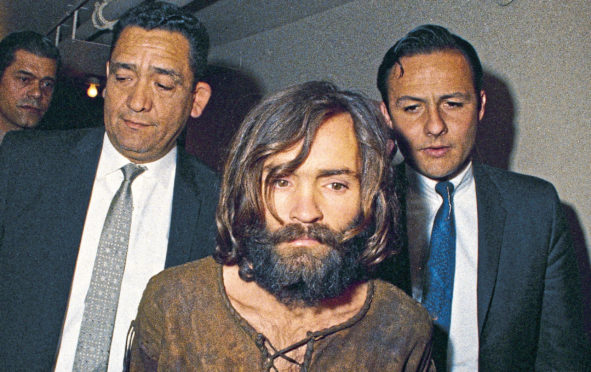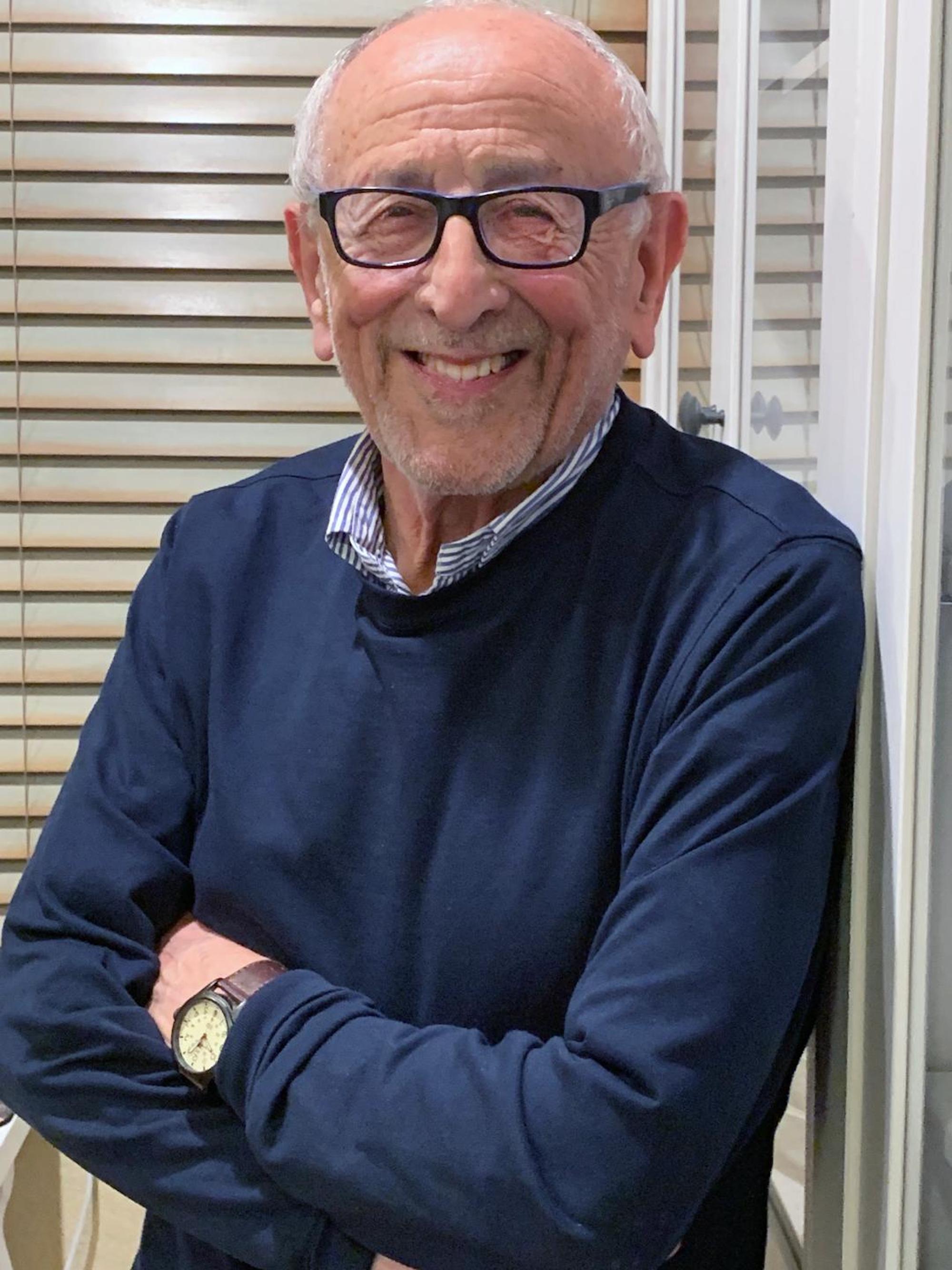
Fifty years ago, the gruesome murders carried out by the followers of Charles Manson sparked revulsion and fear in Hollywood.
Among the seven victims was actress Sharon Tate, wife of film director Roman Polanski, who was eight months pregnant when she was stabbed 16 times at her home in secluded Beverly Hills.
The killings were orchestrated by Manson who believed songs by The Beatles contained messages to him to start a race war.
The murders brought an end to the ’60s spirit of love and peace and, according to Ivor Davis, even today the name Manson strikes fear into the hearts of those who lived through the era.
The author was, at the time, a Los Angeles-based journalist who toured with The Beatles when they conquered the US. Together he and Scottish photographer Harry Benson also covered events such as Robert Kennedy’s assassination in 1968.
But the story that left the deepest impact was the murderous spree orchestrated by Manson and carried out by his followers, whom he called “The Family”, mostly made up of brainwashed young women.
Mr Davis said: “Everyone went into a frenzy of horror after the murders because they thought if someone could be massacred in their own house in an exclusive enclave of Beverly Hills, it could happen anywhere. People bought guns and guard dogs. It was a horrible, bloody punctuation mark to the ’60s.”
Ivor, now 80, spent months interviewing Manson’s followers, which culminated in a book, Five To Die, published three months before the cult leader was brought to trial.
He revealed that Manson told his followers the lyrics to songs on The Beatles’ 1968 White Album were secret messages to him to start a race war.
The information was used by prosecutors to help bring Manson to justice, but the book also brought Ivor some unwelcome attention from Manson’s disciples.
Outside the courtroom on the first day of the trial, he was greeted by Manson family member Lynette Fromme, who would attempt to assassinate President Gerald Ford five years later.
In a sing-song voice, she asked him: “Do you know what it feels like to have a razor-sharp knife slid down your throat?”
Ivor said: “I went straight to the phone and called my wife, Sally. The Manson girls were crazy and would do anything for him.
“I got Sally and my daughter Rebecca, who was one at the time, to move out of the house and stay with friends for a while. It was a scary time.”
The era is captured in a new film by Quentin Tarantino, Once Upon A Time In Hollywood, which stars Leonardo DiCaprio as a failed actor and Brad Pitt as his stunt double in 1969 California.
The film reaches its conclusion with the Manson murders, with Margot Robbie co-starring as Sharon Tate.
Despite attending the year-long trial and subsequent parole hearings for Manson, Ivor never interviewed the cult leader.
“I watched him in court and saw how he had this clever, cheeky, villainous, horrible method of never answering your question and throwing it back at you.
“I think if I had sat down with him, I would have been hugely frustrated because he didn’t give straight answers.”
Manson died two years ago at the age of 83 while still in prison.
Ivor said: “As the saying goes, ‘Good riddance to bad rubbish.’ He destroyed the lives of so many people who crossed his path. I felt no sympathy for someone who was basically close to the devil.”
The writer said he decided to write a second book about Manson after a conversation with two young men two years ago. “One of them said he thought he was the preacher who persuaded his followers to drink poison, while the other thought he was a revolutionary who fought the US Government over pollution and was framed for murder. If young people think Manson was an innocent, then something is terribly wrong.”
Manson Exposed: A Reporter’s 50-Year Journey Into Madness And Murder is available from ivordavisbooks.com

Enjoy the convenience of having The Sunday Post delivered as a digital ePaper straight to your smartphone, tablet or computer.
Subscribe for only £5.49 a month and enjoy all the benefits of the printed paper as a digital replica.
Subscribe